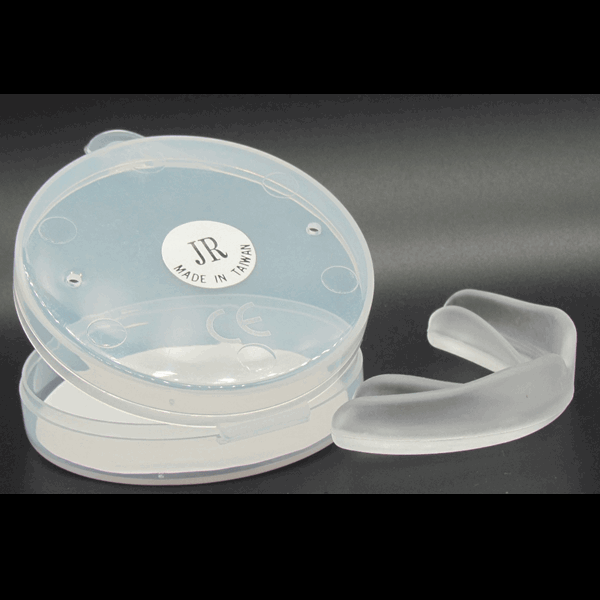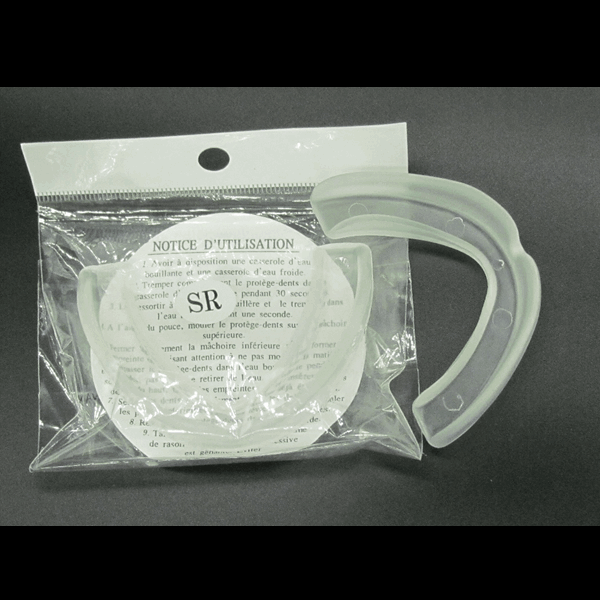In the Japanese martial tradition, techniques are not just gestures to be mastered: they are an extension of a state of mind. The concept of Gokyo - THE five elements — draws inspiration from Buddhist and Shinto philosophies, and offers a valuable framework for understanding our way of fighting, thinking, and evolving. It is broken down as follows: Chi (Earth), Sui/Mizu (Water), Ka (Fire), Fū/Kaze (Wind) and Kū/Kara (Void or Ether).
This model is found in several disciplines, including in Japanese funerary sculpture throughout the Gorintō (五輪塔), the five-ringed stele, which materializes this cosmic vision and is also found in the practice of Gokyo No Kumite in Shorinjiryu Kudaka-Ha. While the Gorintō symbolizes the elevation of the spirit after death, the Gokyo can symbolize the elevation of the practitioner in his martial path.
🌍 Chi – Earth: stability and foundation (White-yellow)
In practice, Chi represents what is solid, reliable, self-confident, rooted. It is our posture, our anchor, our ability to stand firm. Without this foundation, everything falters. Mentally, it is quiet determination, silent strength.
➡ On the Gorintō, Chi is the square base. It is the foundation, both in stone and in being.
💧 Sui/Mizu – Water: Adaptability and Fluidity (Blue)
Water adapts to the shape of the container, but it can also erode stone. Water seeks the easiest path and represents intelligence. In combat, Sui/Mizu embodies fluidity, the ability to move without unnecessary resistance, to absorb attack. It is listening, flexibility, inner calm.
➡ In the Gorintō, Sui is represented by a sphere: without edges, it symbolizes movement and transformation.
🔥 Ka – Fire: energy and passion (Orange-Red)
Ka is explosion, intensity, instinct. It is kiai, impact, the will that bursts forth without restraint at the right moment. On the mental level, it is motivation, courage in the face of adversity, taking charge, the sacred fire that pushes us forward.
➡ Fire is symbolized by a pyramid, an ascending shape, which evokes the rise of energy.
🌬 ️ Fū/Kaze – The Wind: lightness and freedom (Green)
The wind cannot be captured. It is unpredictable, fast, and elusive. This element is, in my opinion, very representative of aikido. In practice, Fu is agility, strategy, the ability to change direction or pace without being limited by habit or ego.
➡ In the Gorintō, this essence is represented by a crescent moon: dynamic and fluid, but sharp.
🕊 ️ Kū/Kara – The Void: Transcendence (Black)
The most difficult to understand, but perhaps the most essential. Kū/Kara is the space between two techniques, the breath between two thoughts. It is detachment, pure awareness, clarity of mind. It is the moment when the body acts without the ego intervening. Emptiness is not nothingness, it is infinite potential!
➡ At the summit of Gorintō, Kū is represented by a flame or teardrop shape: immaterial, elusive, but always present.
🧘♂️ From Gorintō to Dojo: the same path of elevation
Each element of the Gokyo invites us to cultivate an inner quality that manifests itself in our physical practice. By looking at a Gorintō , we can meditate on our own journey: from grounding to liberation of the mind, each level is a step of consciousness to be crossed. The training then becomes a means of aligning body, mind and energy, like the five stone rings stacked on top of each other.
🥋 Elements on the belt: a symbolism worn on oneself
In some martial arts schools such as Ninjutsu and Kyokushinkai Karate, the 5 elements are also the colors of the belts relating to their level of technical and psychic advancement.
Conclusion
Just like Gokyo, which is an "esoteric" theory: it is an invitation to practice with awareness. Each kata, each movement, each exchange then becomes a way to better understand our own nature. And as Gorintō reminds us, the goal is not simply to become stronger, but to elevate ourselves, internally.










